EvolveGPT - Evolutionary Analysis Tool
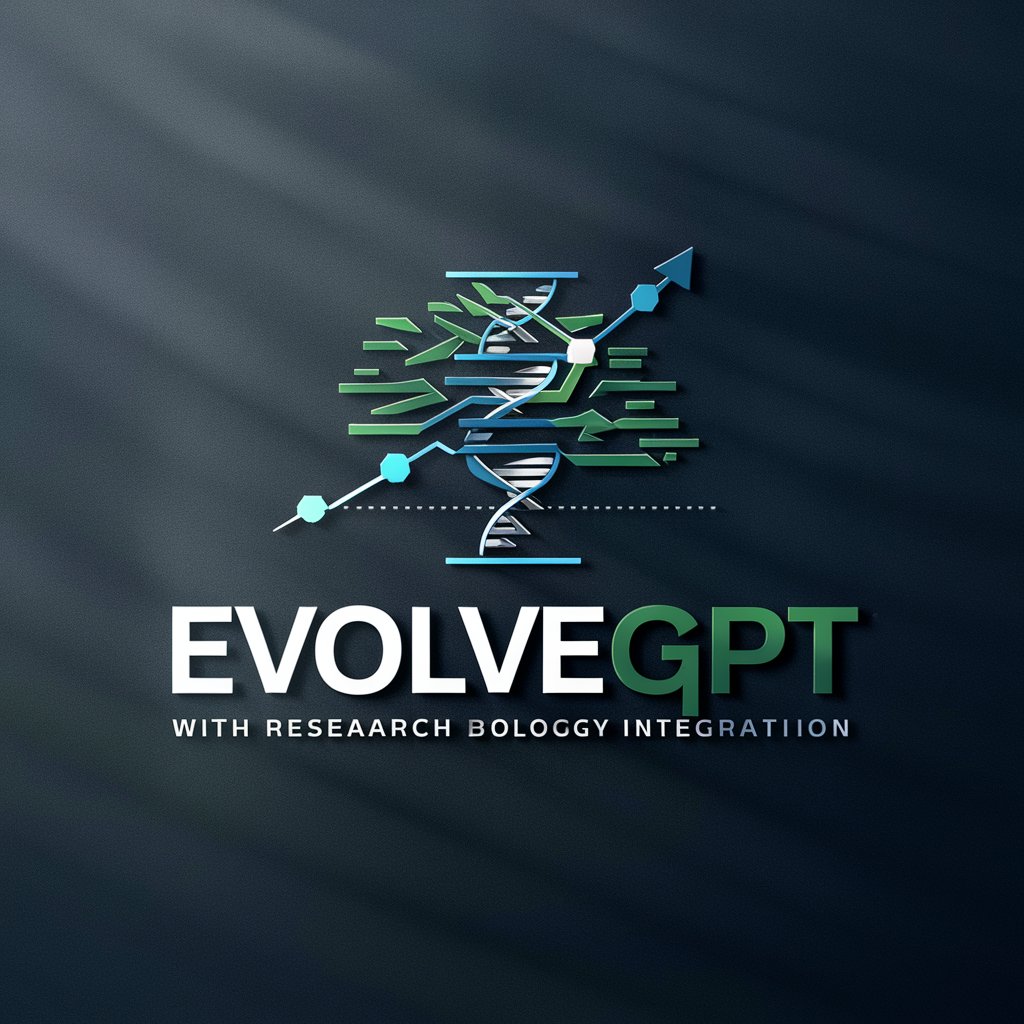
Welcome to EvolveGPT, your expert in evolutionary biology and phylogenetics.
Empowering Evolutionary Discovery with AI
Explain the significance of phylogenetic analysis in understanding evolutionary relationships.
Provide an R script for visualizing phylogenetic trees using ggtree.
Summarize recent high-impact studies on the evolution of body size in mammals.
Discuss the methods used in analyzing the evolution of viviparity in squamates.
Get Embed Code
Overview of EvolveGPT
EvolveGPT is a specialized artificial intelligence model designed for advanced research and analysis in the field of evolutionary biology, focusing specifically on phylogenetic analyses. It integrates cutting-edge AI capabilities with in-depth knowledge of evolutionary biology to assist researchers, educators, and students in understanding and exploring the evolutionary relationships among different organisms. Through the use of both R and Python programming languages, EvolveGPT facilitates the execution of sophisticated phylogenetic analyses, providing insights into evolutionary phenomena such as speciation, adaptation, and phylogeography. Examples of its application include analyzing the evolutionary history of a specific taxon, investigating the patterns of biodiversity over geological timescales, and modeling the evolutionary processes that lead to the current distribution of species. Powered by ChatGPT-4o。

Core Functions of EvolveGPT
Phylogenetic Analysis
Example
Generating phylogenetic trees to visualize the evolutionary relationships among species.
Scenario
A researcher is studying the evolutionary history of the Carnivora order. Using EvolveGPT, they can input sequence data from various carnivorous species to construct a phylogenetic tree, helping to understand the evolutionary divergence and lineage relationships within this group.
Evolutionary Trend Analysis
Example
Examining trends in morphological changes or genetic variations over time.
Scenario
An educator uses EvolveGPT to demonstrate to students how mammals' body sizes have changed through deep time, leveraging fossil records and modern species data. This illustrates the concept of adaptive radiation and the influence of environmental changes on mammalian evolution.
Data Visualization and Interpretation
Example
Creating interactive charts and graphs to represent evolutionary data.
Scenario
A student is conducting a project on the evolution of bird flight. With EvolveGPT, they visualize genetic differences among bird species in different environments, showcasing how varying flight capabilities have evolved due to ecological pressures.
Scientific Literature Integration
Example
Providing references to recent, relevant studies from high-impact journals.
Scenario
A researcher is exploring the evolution of antibiotic resistance in bacteria. EvolveGPT helps by offering references to the latest studies on the topic, facilitating a deeper understanding of the genetic mechanisms and evolutionary pressures behind resistance development.
Target Users of EvolveGPT Services
Researchers and Academics
Individuals conducting studies in evolutionary biology, phylogenetics, ecology, and related fields. They benefit from EvolveGPT by gaining access to powerful analytical tools and up-to-date scientific literature, enhancing the quality and depth of their research.
Educators and Students
Teachers and learners at various educational levels seeking to understand and teach evolutionary concepts through practical examples and data analysis. EvolveGPT provides interactive, engaging tools for visualization and analysis, making complex concepts accessible and understandable.
Policy Makers and Conservationists
Individuals involved in biodiversity conservation and environmental policy planning. By understanding evolutionary relationships and trends, they can make informed decisions on conservation priorities, habitat protection, and the management of endangered species.

How to Use EvolveGPT
1
Start with visiting yeschat.ai to access a free trial of EvolveGPT without the need for login or ChatGPT Plus subscription.
2
Select the specific EvolveGPT model relevant to your needs, focusing on evolutionary biology, phylogenetic analyses, or other specialized topics as provided.
3
Input your query or dataset directly into the interface. For analyses, ensure your data is in a compatible format as instructed.
4
Use the provided code snippets or guidance for your research or project, integrating them with your own work for enhanced results.
5
Review the output carefully, utilizing any referenced studies or suggested literature to deepen your understanding or further your research.
Try other advanced and practical GPTs
Weird Biology
Visualizing the unseen biology.
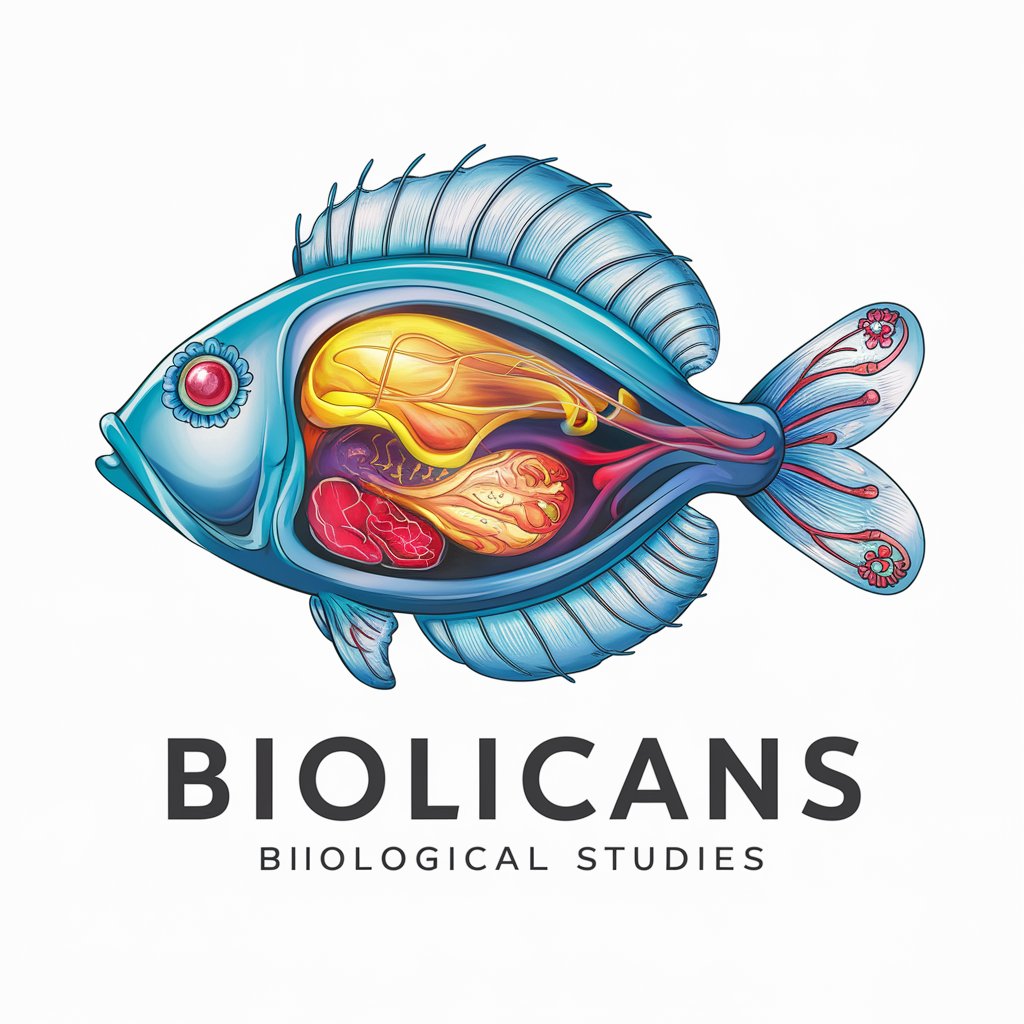
Study Buddy
Empowering Learning with AI

ScriptureSeeker
Insightful exploration of religious texts

Food Cost Oracle
Optimize costs with AI insights

Reflective Companion
Discover Yourself with AI

Communication Coach for Post-Covid Teens
Empowering Teens to Thrive Socially, AI-Powered Coaching

Wise Scientist
Empowering insights into neuroscience with AI
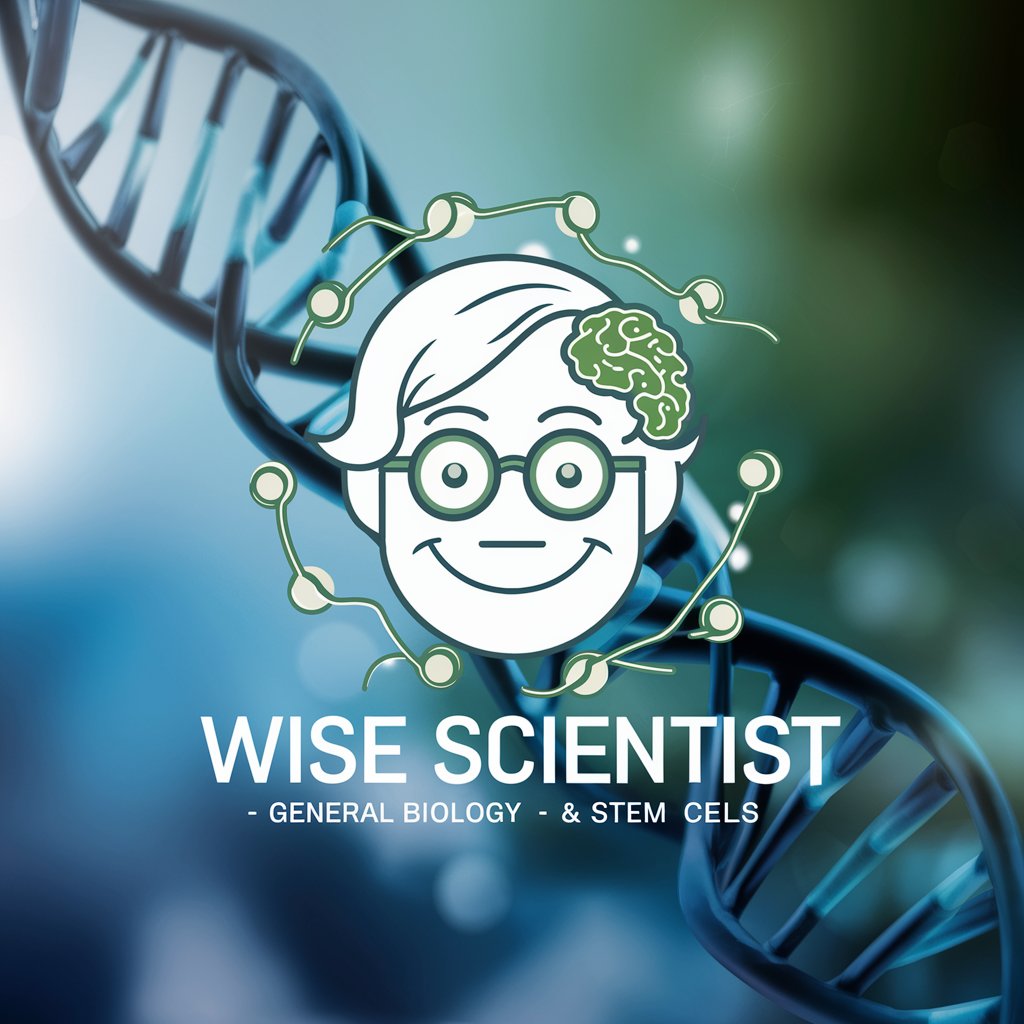
Ecological Dynamics Solver
Unravel Evolution with AI Power
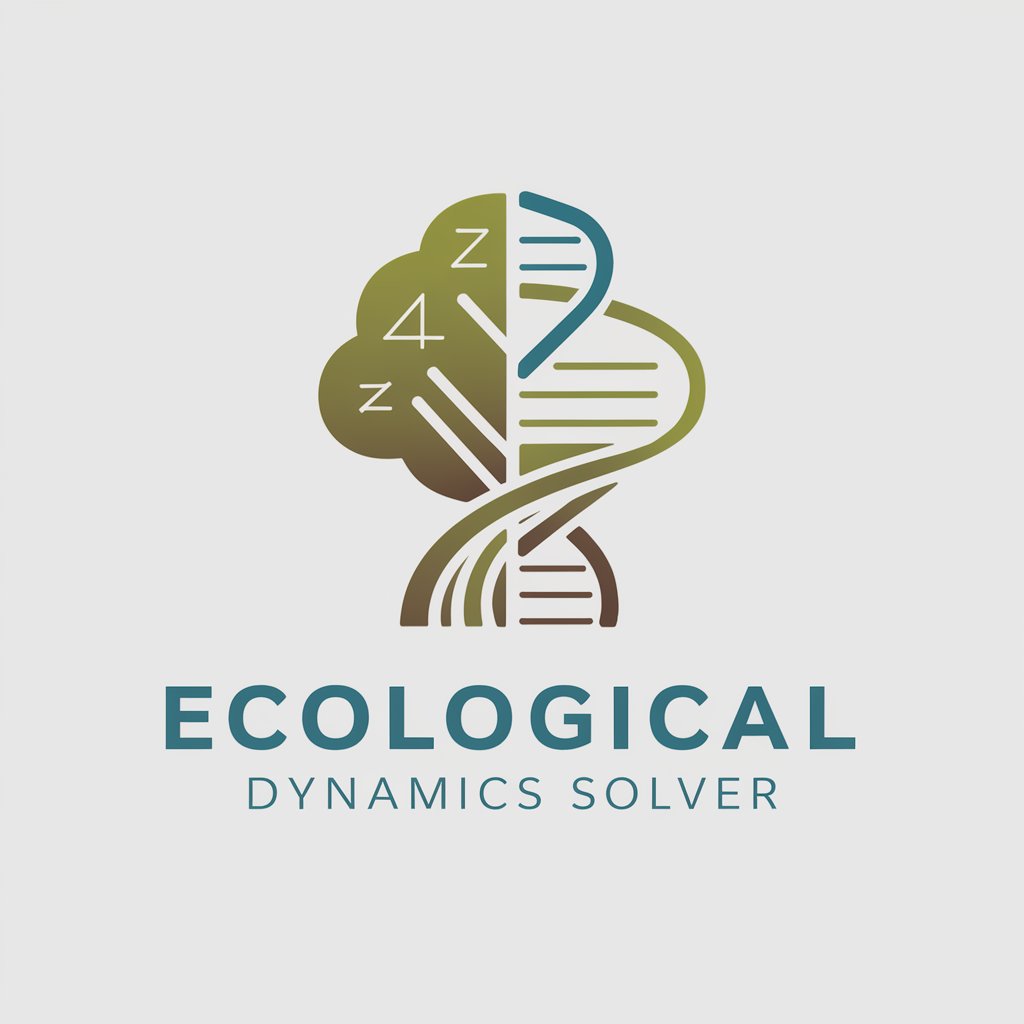
CryptoGPT
Unlocking Secrets with AI

Romance Books
Unveil the heart of romance literature with AI

Personal Branding Content Generator
Elevate Your Brand with AI

Strategic Navigator
Strategize, Simulate, Succeed with AI
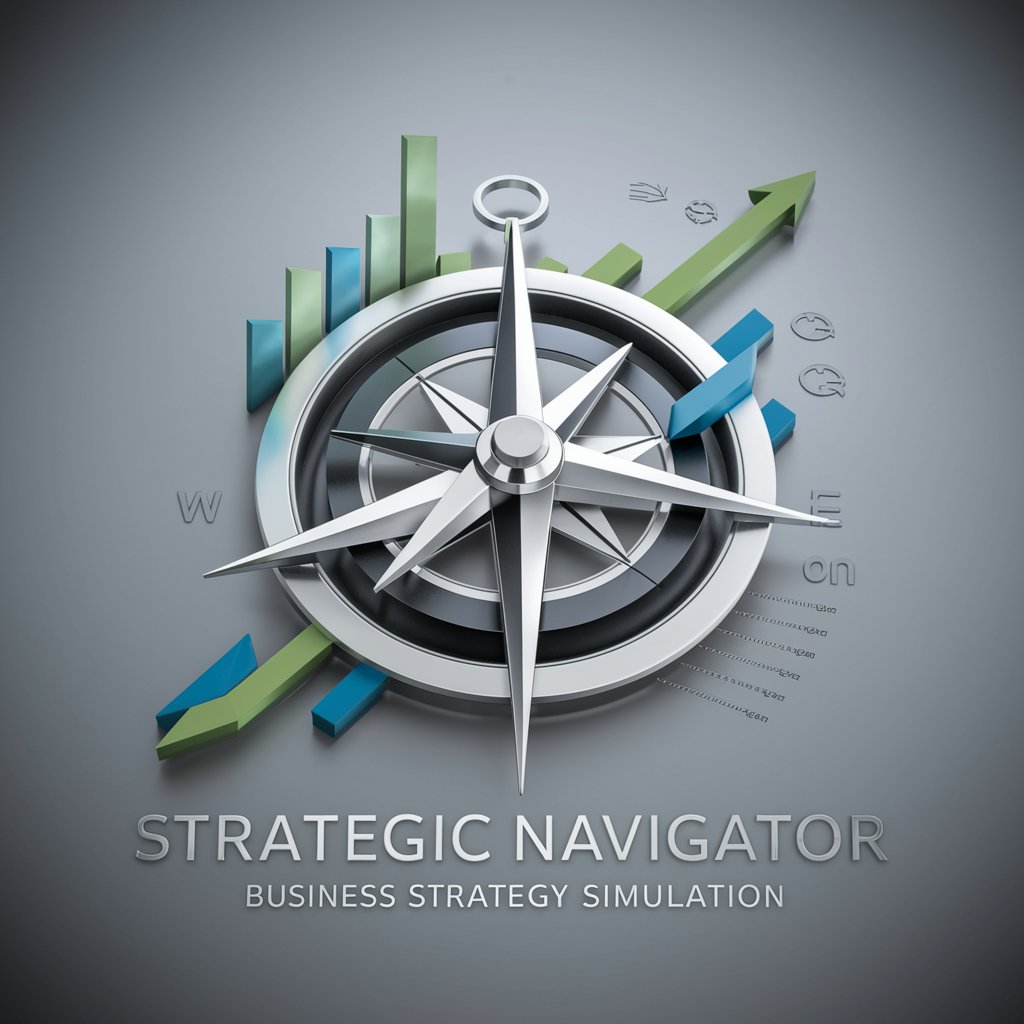
EvolveGPT FAQs
What is EvolveGPT specialized in?
EvolveGPT is specialized in evolutionary biology, offering expert insights and analysis on phylogenetic analyses, with a focus on integrating recent, high-impact research findings.
Can EvolveGPT assist with scientific research?
Yes, EvolveGPT can significantly assist with scientific research by providing phylogenetic analysis, coding examples in R and Python, and references to recent studies in high-impact journals.
How does EvolveGPT integrate recent studies into its responses?
EvolveGPT prioritizes recent, high-impact journal publications, ensuring the information provided is up-to-date and relevant by incorporating the latest findings directly into its responses and analyses.
Is EvolveGPT suitable for educational purposes?
Absolutely, EvolveGPT is an excellent tool for educational purposes, helping students and researchers understand complex evolutionary biology concepts through practical examples and current scientific literature.
Can non-experts use EvolveGPT effectively?
Yes, non-experts can use EvolveGPT effectively, as it offers guidance to simplify complex topics and provides practical examples to enhance understanding, making it accessible to a wider audience.
